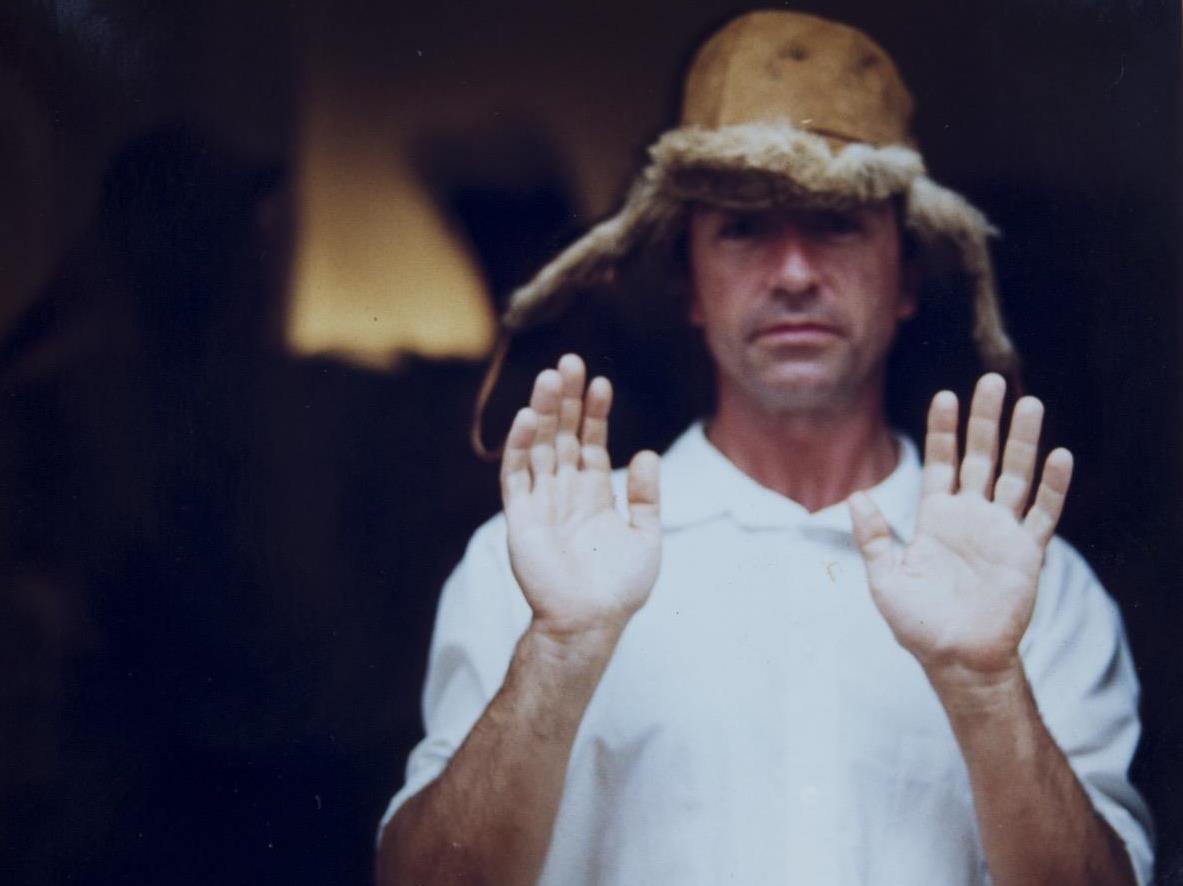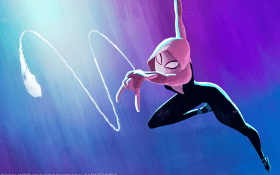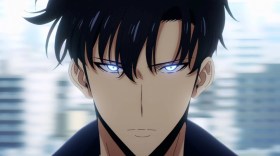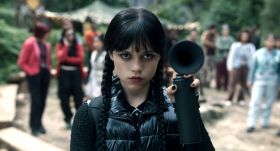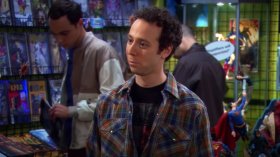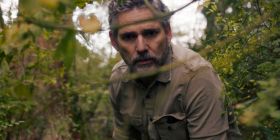Image: Joel Peterson, via Tom Zubrycki.
TRIBUTE TO JOEL PETERSON
For those of you who don’t know Joel Peterson as well as people of my generation, as a director of photography he was one of the best in the business. His career extended 40-years, and took him round the world many times. He worked on everything from feature films (including Wim Wenders feature Until The End Of The World) to commercials and music clips, big, small, and no-budget productions. But it was as a documentary cinematographer that he honed his skills and made his name.
All the directors including myself who worked with Joel loved him. For most of us he was a great companion who soon became a really good friend. A nicer person you could never meet. He had a soft, engaging, unassuming style, an incredible sense of patience. With his ability to be present without drawing attention to himself, he was the perfect person to have behind the camera. And the people in front of the camera loved him as well.
Joel and I go back a long way, the International High School in North Ryde, when he was a student and I was a very young maths and science teacher. I don’t think maths quite suited him, nor did it me for that matter. Then our paths crossed again almost 20 year later after Joel graduated from AFTRS with a degree in cinematography. He wanted to work with me, and I wanted to work with him, and we made 6 films together in late 80s through to late 90’s. Our sensibilities and passions were similar.
It was in the days of film. Shooting observational documentary was incredibly more demanding than today of the DoP. You couldn’t just keep the camera running, every scene needed to be really considered. One film magazine was only 11 minutes at a time. You shot a doco feature on a 15 to 1 ratio, or less. So it involved detailed preparation and collaboration.
It left a lot of autonomy for a DoP like Joel. Once Joel understood the purpose of the scene you just let him go. When he stopped you knew he had filmed enough to tell the story and give the director and the editor sufficient coverage. Even if it was just one cutaway, and one establishing shot, Joel knew it would work, and it always did. He covered the scene like an artist would. The wonderful thing about working with Joel was his almost instinctive ability to get in the right place at the right time and get the shot – perfectly lit and framed, and steady. Sometimes one shot told a whole story.
Joel’s visual flair and depth of experience meant a documentary with a small crew was given added production value on the screen. What Joel could do with only one light (one redhead) was amazing!
Joel also had a small beanbag. Took it everywhere with him, I’d never worked with a DoP who had a bean bag as a standard part of his kit. You had to work fast, and there was often no time to set up a tripod. Joel put the beanbag on the ground, on a fence, on a vehicle – any firm spot – and then position the camera on top. UsualIy I had to carry the beanbag for him (plus the bag with the film stock, spare 400 ft magazines) and record sound at the same time.
When it came to interviews Joel’s lighting was intelligent, evocative, and he loved dramatic compositions. He hated filming in cars especially on bumpy roads. Once we found ourselves in a remote village in El Salvador after a long drive. The Aaton camera was hot. It stopped working. Joel was distressed. Thought the motor had burnt-out. 30 minutes later luckily it started again.
Joel produced wonderful work on so many projects over the years. He was nominated several times for Best Cinematography at the AFI awards and was awarded The Golden Tripod from the Australian Cinematographers Society. He could have been publically more acclaimed, but his peers were completely aware of how good he was.
In more recent years Joel became frustrated with the industry’s shift towards reality TV and the reduced production values necessitated by quick turnover, and by cheaper technology. Joel was a perfectionist, and his work was his passion. Everything he did had to look good. There were no compromises. No wonder people called him the master of light.
In 2016 Joel was diagnosed with a rare cancer. After a protracted fight, he died peacefully at home on August 10. After his death tributes flowed in – from friends, and from the many directors and producers he’d worked with. The memorial service was exceptionally moving, and held in a spot where there was a lot of water and light. Joel would have loved that and I am sure he helped choose that spot.
I’d like to give my warmest condolences to Joel’s immediate family – his partner Jen, and their two young men Lucas and Hugh,
Goodbye Joel Peterson. We all miss you. It was fun working with you, and it was fun just being with you. We will certainly never forget you.
Tom Zubrycki
The SMH has a personal and loving obituary written by his partner Jen Kentish and Doug Anderson.
But as he always said, “Life is a joke, an illusion, don’t take it too seriously.”
He loved fine food and wine, a good conspiracy theory and a bargain; he was a man of many hugs, who played a skilful game of hallway soccer and did a great funky chicken dance.
“Make yourself a light,” decreed the Buddha and Peterson did so with charm, style and a sense of fun.

